
Enrique Higa Sakuda
@kikerenzoEnrique Higa is a Peruvian Sansei (third generation, or grandchild of Japanese immigrants), journalist and Lima-based correspondent for the International Press, a Spanish-language weekly published in Japan.
Updated August 2009
Stories from This Author
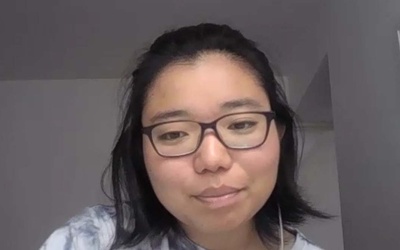
The dekasegi phenomenon in the life of a young yonsei girl
Feb. 22, 2023 • Enrique Higa Sakuda
In Alexandra Shimabukuro's life, since she was little, dekasegi has been family, livelihood and stories. Now it is also a matter of research. The Sociology student at the Catholic University of Peru is preparing a thesis on the Nikkei women who migrated to Japan in the 1980s and 1990s. “It is an experience that has always been in my family, and that I have always heard from a very young age at home,” says the young Yonsei. He does not …

Narumi Ogusuku—Ubiquitous Nikkei Artist
Feb. 3, 2023 • Enrique Higa Sakuda
The word ubicua (“ubiquitous”) has two meanings. The second, referring to a person, is: “Someone who want to experience everything and is always moving.” That was the term that visual communicator Narumi Ogusuku used in the title of an autobiographical film that she made, which was shown at the most recent Young Nikkei Art Show (Salón de Arte Joven Nikkei) in Peru. The film Ubicua dives into the identity of a Peruvian Nikkei who was born and raised in Japan, …
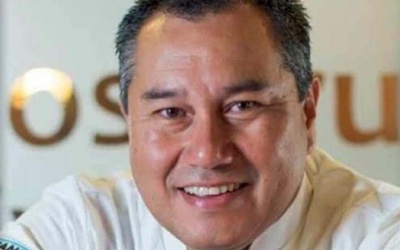
Roger Arakaki, Chef and Teacher
Nov. 22, 2022 • Enrique Higa Sakuda
“How does ceviche sushi sound? Amazing, right? An innovative (and delicious) presentation of ingredients from our national cuisine, finely chopped and masterfully combined.” These days, when Nikkei cuisine has become a trademark in Peru, the lines above, aren’t surprising to anyone. But when they were published 22 years ago, it was a very different story. Although Nikkei cuisine existed, it was not well-known and the reputation it has today was still light years away. At the time, Nikkei and Japanese …
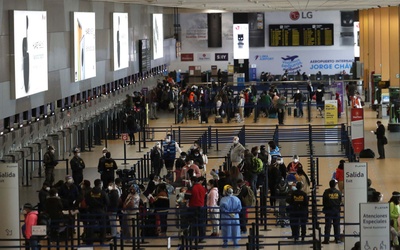
Migrants in limbo
Nov. 2, 2022 • Enrique Higa Sakuda
Over the years, it seems to me that a positive narrative about the dekasegi phenomenon has prevailed. At least from Peru. The media predominates in stories of former dekasegi whose experience in Japan (savings, reinforcement of values, character formation, etc.) contributed to cementing their new life in Peru after their return. Many bought houses, started businesses or became professionals. With greater or lesser success in their post-dekasegi lives, the majority—I believe—have an approving perception of their time in Japan. It …
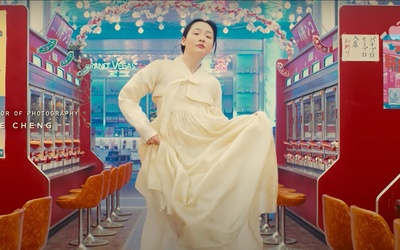
Pachinko : Korean and Nikkei, some similarities
Oct. 17, 2022 • Enrique Higa Sakuda
I came to the Pachinko series, on Apple TV+, because of the article in a Spanish media that raved about it. Then I found its irresistible trailer and decided to watch it. Pachinko is the story of Sunja, a Korean girl who lives in a fishing village when the Korean peninsula was a colony of Japan. Later, the series jumps several decades and shows us an elderly Sunja, residing in Osaka. How does the girl who helped her mother, the …
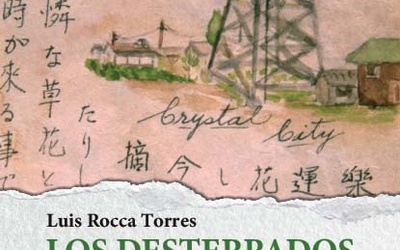
Memories with history
Sept. 5, 2022 • Enrique Higa Sakuda
The book Los desterrados , which recently appeared in Lima, includes a list of the Japanese and Nikkei expelled from Peru and imprisoned in the Crystal City internment camp, in the United States. The document, prepared by one of the prisoners in 1945, contains the names of almost a thousand people, including those of a great-uncle (my paternal grandfather's brother), his wife and some of his children. Upon reading his name, Great Uncle Rensuke's memories cascaded. Or, to be more …
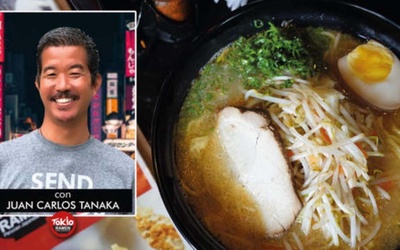
Ramen and its pioneer in Peru, 11 years later
Aug. 22, 2022 • Enrique Higa Sakuda
When Tokio Ramen restaurant opened in 2011, Japanese noodle soup was unknown in Peru. Today, eleven years later, former dekasegi Juan Carlos Tanaka estimates that more than 30 restaurants in Lima offer it. A pioneer in the spread of ramen in the Peruvian capital, the Nikkei chef observes with satisfaction its popularization in a situation marked by the blows of the pandemic and the future opening of a new establishment. While preparing his rentrée, still recovering from the impact of …

Olympic History and Achievements: Nikkei Athletes from the Americas
July 25, 2022 • Enrique Higa Sakuda
In Peru, Nikkei contributions to art and gastronomy are what usually attract the most attention, and for good reason. Just to mention one, Tilsa Tsuchiya, a Nisei, is considered by many the greatest Peruvian artist of all time. When it comes to gastronomy, the impact of Nikkei cuisine has been so significant that many people who hadn’t even heard the word “Nikkei” know it now, thanks to the cuisine created by Japanese immigrants in Peru. But Nikkei in the Americas …
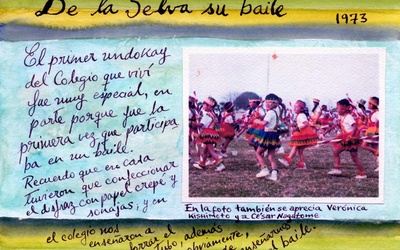
83 memories from La Victoria school
June 20, 2022 • Enrique Higa Sakuda
When the Second World War ended in 1945, the community of Japanese origin in Peru was headless, adrift, weakened by the attacks carried out by the Peruvian authorities, located on the side of the Allies. One of the most painful blows was the closure of the Lima Nikko school, the largest founded by the Japanese in Peru to educate their Nisei children. Three years after the end of the war, in 1948, four Issei from the Kumamoto prefecture—Masaji Yasumoto, Sueo …
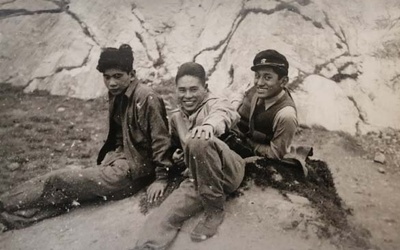
Nikkei Families in Cuzco
June 6, 2022 • Enrique Higa Sakuda
The first Japanese immigrants arrived in Peru as contract workers for the coastal plantations. It was a limited and temporary move, sponsored by the governments of both countries. But as so often happens, reality takes over and changes one’s plans. The Japanese immigrants left the plantations, either as their contracts expired or fleeing the abuses they suffered there. Most settled in Lima and established their own businesses. Others traveled out to the provinces of Peru, with the most adventurous making …




